What We Can Learn From Queen Victoria-Era Frugality

Have you ever heard of Queen Victoria-era frugality? Let’s talk about how people in Victorian England viewed frugal living and thriftiness, and think about what we can learn from it.
In Victorian England, you were either of the wealthy middle and upper class, or you were the destitute and the poor working class. For the poorer elements of society, frugality was a necessity. However, frugality was also fashionable with the wealthier people. It was seen as a virtue, a sign of wisdom and prudence.
Mrs. Beeton's Book of Household Management
Around this time, many publications came out praising frugality, such as cookbooks, domestic manuals, and housekeeping magazines. The most famous book was probably Mrs. Beeton's Book of Household Management, which became a staple in a Victorian-era house.
The book started as a monthly supplement that Isabella Beeton wrote for her publisher husband's magazine, titled The English Woman's Domestic Magazine. By 1868, Beeton's Book of Household Management had sold 2 million copies. Sadly, Mrs. Beeton died at the age of 28 after succumbing to a bacterial infection, so she never got to see the extraordinary success of her book.
The book emphasized thrift and economy and was the most consulted cookery book in the UK. It had over 2000 recipes and eventually ran to over 1000 pages of authoritative advice on everything from social etiquette to household economy. This was one of the first books that was written in easy-to-read list formats, rather than lengthy and daunting paragraphs.
The recipes were divided into sections: ingredients, how to cook them, the time it took to cook them, the average cost, and the sufficiency of each meal, i.e. number of portions. This all made it very easy for you to find the information you needed, whatever meal you planned to make, whether you were low in finances, low in time, or needed to feed a large number of people.
How to run a household
Mrs. Beeton's books drew attention to DIY and home maintenance, safety in the home, table laying, etiquette, help in the home, social customs, and first aid.
Most Victorian housewives did quick and small repairs around the house, so they would have a small toolkit with hammers, pliers, and nails. The more you repaired, the less you would have to spend.
The most important thing in household management in Mrs. Beeton’s and many Victorians’ opinions was waking up early. This was essential to make sure you got the most done in your day. This is what kept Victorian-era homes orderly and well-managed.
Menu planning was important to make sure you utilized all your food, which is also the reason it was considered crucial to use leftovers and scraps of food. Burns and veggie scraps were put into soups and stews. Stale bread would be toasted.
Even apple cores and apple skins would be boiled down, sugared, and turned into apple jelly, or apple butter. Due to the apples’ high pectin count, the jelly naturally set quite easily and was great for cooking, spreading on bread, or making it into a pudding.
Mrs Beeton's ethos was, no matter what wealth you did or did not have, frugality was prudent. Frugality was the sister of Temperance and the parent of Liberty. If you wasted nothing and used everything within the Victorian household, you would be free.
The middle-class Victorians felt it was important to keep a log of all household incomes and expenditures. Then, they would compare months to indicate the overall look at the financial health of the home. In the pre-consumerist Victorian era, a housewife or housekeeper would not waste money or resources.
Laundry
Laundry was a large and arduous task. Middle or upper-class households would probably have maids take care of that, but should you do your own laundry, it was such a large job that you would have to check each item and decide if washing it was necessary. Then, you would separate white linen and collars, sheets, and body linen from colored cotton and wool.
Next, you would check the clothes for stains and grease spots, and treat those before washing. Stains were very often soaked in hot water and stretched out of a spoon. Oxalic acid, ammonia, or salt, depending on the stain, would be massaged into the area before rinsing through in cold water. Then the items would go on to be washed.
Because laundry was a heavy-duty job, it was important to look after your fabrics before they even got to the laundry. This included making sure bed sheets were regularly turned and wearing an apron over clothes if you were doing any household duties.
Making their own clothes
Victorians would have dressmakers, but they would also learn how to make their own clothes. This was the first period when household skills were not necessarily passed on to daughters, so Victorians very often had to learn to do things on their own. This is another reason why these housekeeping manuals became so popular.
Furthermore, Victorian ladies made reusable sanitary protection and diapers out of scraps of linen. You would soak them in buckets of cold water after each use to remove any stains, rinse them and finally wash them.
Other manuals
Mrs. Beeton was not the only very popular author of household management books. In 1864, Eliza Warren wrote a book called “How I managed my house on 200 pounds a year”. Does this not sound just like a title from a frugal living YouTube video? This shows that under the sun there is nothing new, just the recycling of old ideas adapted for modern times.
In 1875, Samuel Smiles published a book called “Thrift”. It emphasized the importance of women being careful with their husbands’ money and spending wisely for the betterment of the house. He said a man may want to save money for sickness or for other purposes, but he cannot do this unless his wife lets him. A prudent, frugal, thrifty woman is the crowning glory of her husband.
Queen Victoria-era frugality
To the Victorians, frugality was not seen as being cheap or something that the poor did. It was seen as a virtue, a way of being sensible and practical with your resources so they lasted longer. This is when bank saving accounts became very popular, and everyone was trying to save as much as possible. Having excess money to save because of your thriftiness and your frugality was the goal.
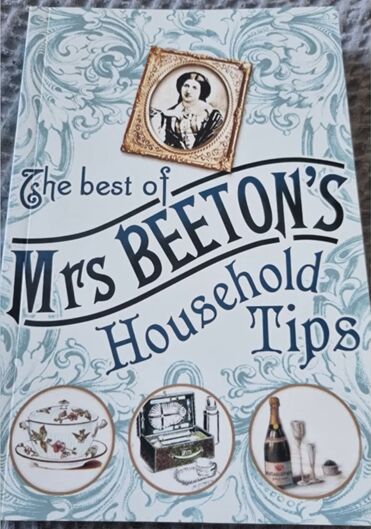




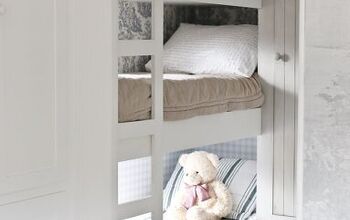




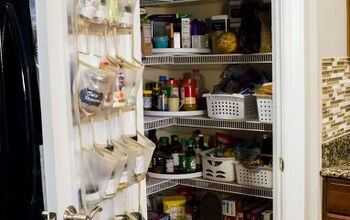




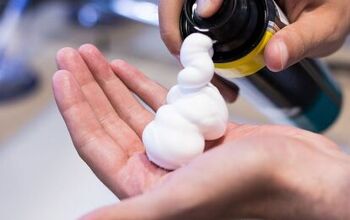

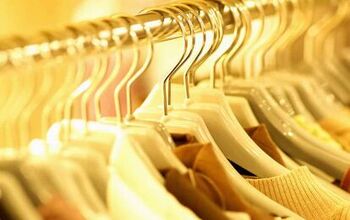

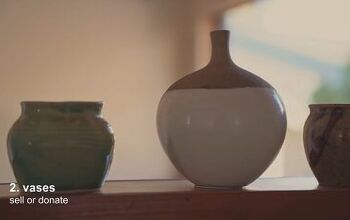
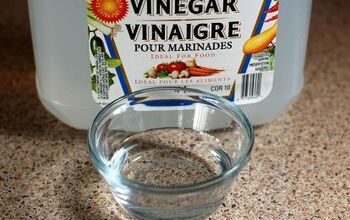


Comments
Join the conversation